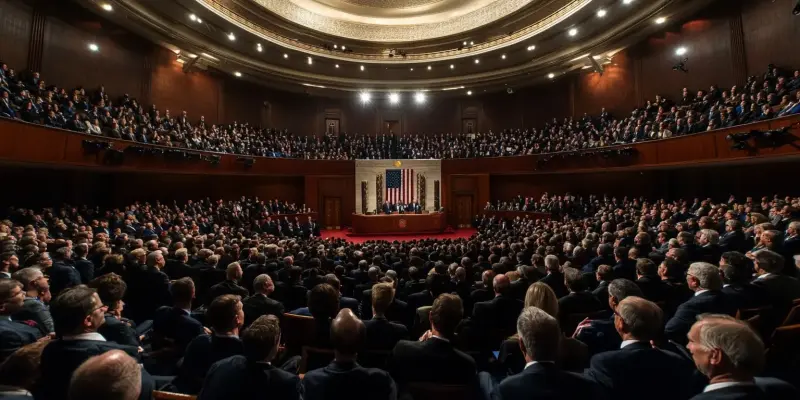In a landmark decision in November 2024, the National Labor Relations Board (NLRB) overturned a 76-year precedent, ruling that “captive-audience” meetings are inherently unlawful under the National Labor Relations Act (NLRA). Captive-audience meetings refer to mandatory sessions held during paid working hours where employers communicate their views on unionization to their employees. Historically, these meetings have been permissible under a regulatory framework established by the NLRB since the 1940s, as long as employers did not threaten, interrogate, or make promises to their employees.
The NLRB’s recent decision represents a significant shift, one that challenges the long-standing precedent allowing employers to exercise their First Amendment rights to convey truthful information about unionization before a secret-ballot election. The board has now determined that such mandatory meetings constitute an “extraordinary exercise and demonstration of employer power over employees” with a “reasonable tendency” to interfere with employees’ Section 7 rights under the NLRA. Employers can still share their views on unionization; however, forcing employees to attend these meetings is now regarded as unlawful.
To comply with the ruling, the NLRB has provided a “safe harbor” guideline for employers, detailing how they can legally hold voluntary meetings about unionization. Compliance requires ensuring these meetings are genuinely voluntary and providing reasonable notice along with assurances that: attendance is optional, employees will not face any repercussions for not attending or leaving, and no attendance records will be kept. Furthermore, scheduling such voluntary meetings during work hours is considered as an unlawful compulsion, emphasizing that employers cannot enforce attendance through work schedules or electronic meeting invitations.
The future interpretation and application of this ruling will likely be shaped by forthcoming litigation. Employers will need to carefully navigate uncertainties, including whether an employee working instead of attending a voluntary meeting constitutes an adverse consequence or if electronic invites could be deemed as compelling attendance. These gray areas will be clarified as cases progress through the legal system.
Going forward, this new ruling may not significantly alter the strategies of employers already familiar with union-organizing efforts. Since NLRB General Counsel Jennifer Abruzzo has been targeting captive-audience meetings for years, many employers might already be adapting to the tightened regulations. Additionally, there is potential for a future NLRB with a Republican majority to overturn the ruling once again, reflecting the dynamic nature of labor law.
Meanwhile, businesses should assess the implications of this ruling and anticipate ongoing changes until a definitive Supreme Court decision is rendered. The landscape of labor law regarding captive-audience meetings will remain uncertain with fluctuating NLRB majorities. Staying proactive in addressing workplace challenges can help employers maintain direct relationships with employees amidst these evolving legal circumstances.
Ultimately, the NLRB’s decision on captive-audience meetings has set a new precedent, urging employers to rethink their approaches and strategies. The necessity for businesses to remain adaptable and vigilant regarding the updated guidelines is paramount, given the legal environment’s continued evolution.

